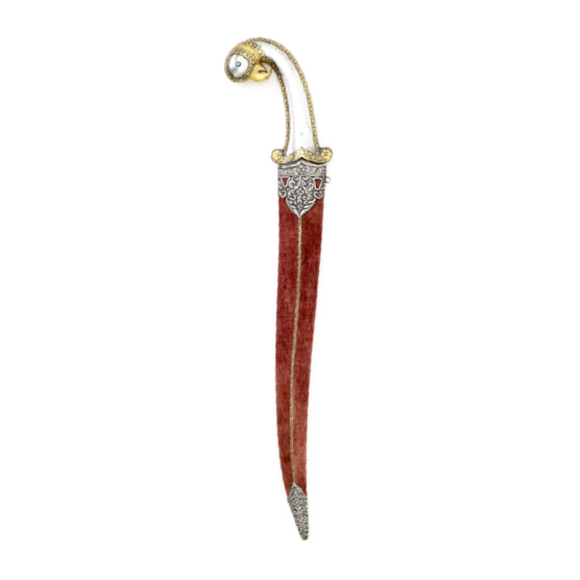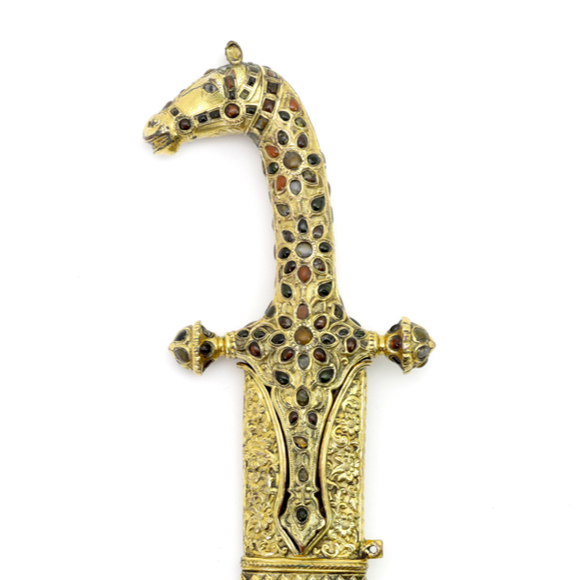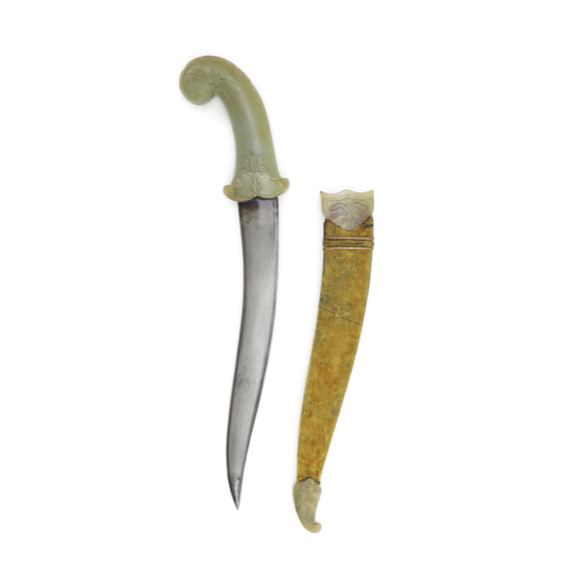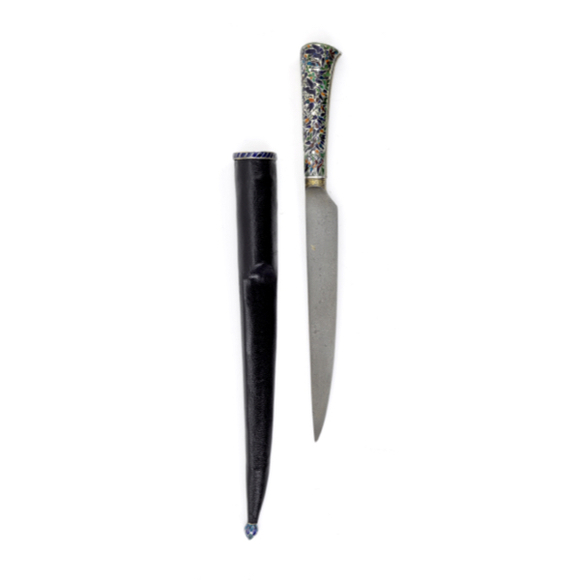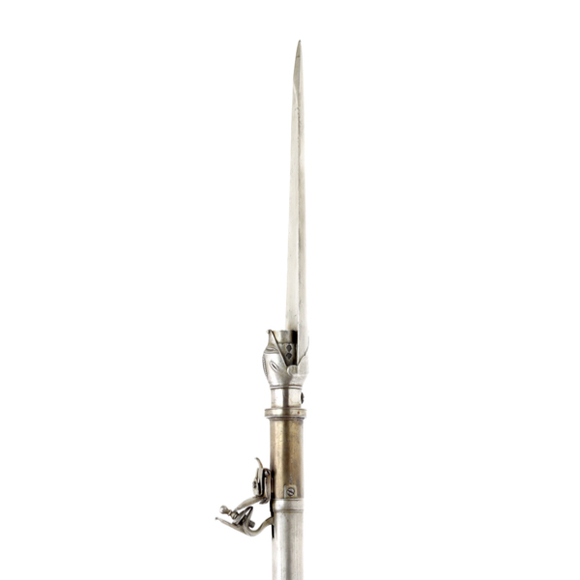Language:Hindi
Source: Sikh Dastūr-ul-Inshā or "Rule of Epistles", date unknown
Description
Tarah-i-ḵẖāra (तरह इ खर) is the Hindu name for an arrow with a heavy, elongated head that gently widens towards the point. It is of round cross-section, with a facetted tip.


Purpose
As an archer myself I was initially puzzled by this arrow, which seems to prefer falling much more than it does flying. It all made sense when I realized they were commonly found in armories of Rajput fortresses, like this:

Mehrangarh Fort, Jodhpur, Rajasthan.
I have come to believe that these were probably primarily anti-siege arrows, meant to be shot downwards so that their weight actually helps in their acceleration and increases their impact.
Their use may not have been exclusively for use from forts or walls. They may also be useful when shooting from the high ground on the field or from the back of an elephant.
In addition, an interesting passage on archery:
... When afternoon prayers are over, he shoots five arrows into the Khak Towda*, and then goes into the Womens Apartments.
*Khak Towda is a heap of fine Mold, well sifted, and beat strongly in betwixt two Stone Walls. 'Tis five Foot high, three Foot thick, and from three to four Foot broad. The Front of it very smooth and even, beat hard with a heavy Trowel. One who is well skilled, can shoot his Arrow into it quite to the Head; whereas one that shoots ill (be he never so strong) can't put a third Part in.
The arrows for this Exercise have the Iron Part quite round, about four Fingers long, of the Size of the Reed, until near the Point, where they are somewhat thicker, from which Part they taper gradually to a sharp point. The length, from the thickest Part to the Point, is from 3/4 to 1 Inch.
-Unknown author, in the camp of Nader Shah at Jalalabad, 1738
The description of the above arrowhead matches this type exactly. Khak Towda is written خاک توده in Persian and literally means "mass of soil".
The author doesn't give a name for the arrow nor mentions the arrows are made exclusively for this game. Due to the prevalence of such arrows in Indian armories, I tend to think this penetrative test was not their sole purpose.
Notes
1. From: A translation of some paragraphs of a letter wrote by a Kuzzlebath in Nadir Shah's camp, at Jillalabad, to a friend of his at Delhi, concerning Nadir Shah. Published in: James Fraser; The History Of Nadir Shah. Pages 140-143.


